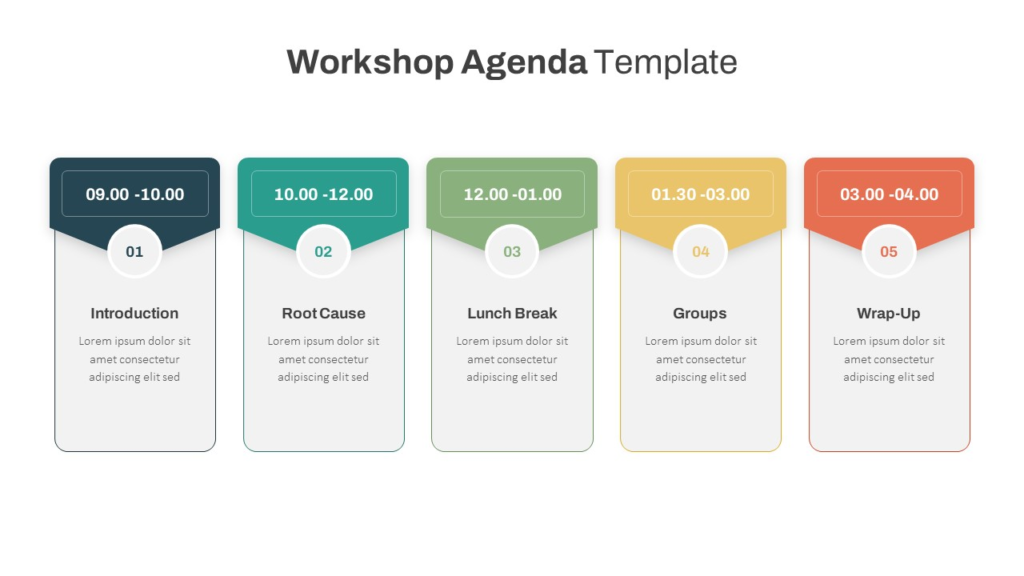You sign up, log in, and after a few minutes, your mind drifts. The presenter drones on. Slides fill the screen. Interaction? Rare. If you’re a team lead, coach, or educator, you know this pain: How do you make online workshops that actually keep people? Not just present information, but create real engagement. So your audience wants to stay, learns deeply, and remembers you afterward.
Designing an online workshop people finish and recommend doesn’t require fancy tech or overproduced slides. Instead, it’s about structuring the session with intention. By understanding your audience, using multiple formats, and allowing the attendees to give their feedback. Research proves that interactive content, story-driven structure, and actionable takeaways are the keys to standing out online.
Understand Your Audience’s Needs
Before you start building slides or scheduling invites, step back: Who’s in the room? Every audience comes with unique goals, challenges, and constraints. Find out what outcome matters most to them. What has to happen for them to call your workshop a win. This starts with asking the right questions: What have they tried before? Where have they gotten stuck? Why now?
Simple tools help: a 60-second pre-workshop survey, a quick stakeholder call, or one open question on your registration form (“If this session were a 10/10 for you, what happens by the end?”). These responses shape everything from your agenda to your examples.
Segment your audience: Beginners want clarity and structure. Practitioners crave depth or shortcuts. If you’re running a session for a remote team, remember: tech issues, time zones, accessibility, and available tools all affect how they’ll engage.
By collecting this “voice of the customer” which is one of the top copywriting solutions before you plan content, you avoid the curse of knowledge. Assuming your audience knows more (or less) than they do.
Design Engaging and Varied Content

When every slide looks the same, attention drops. Real engagement comes from mixing content formats and using story beats. Don’t just tell. Show, then let people do.
- Start each section with a concrete example or mini-story.
- Move fast between short micro-lectures (3–7 minutes), quick demos, and hands-on activities.
- Alternate passive and active formats. If you’ve talked for five minutes, get participants to write, click, or speak in the next five.
- Build in scaffolding: Start with individual warm-ups, then pair or small group breakouts, and finally, a group share.
- Use multiple senses: diagrams, audio, interactive polls, and hands-on digital templates keep the energy up and reach all learning styles.
Accessibility must stay front and center: readable slides, alt text, live captions, and downloadable resources show your commitment to every attendee. Make interaction the rule, not the exception.
Set Clear Objectives for the Workshop

Share success metrics upfront. Will you check learning with a quick poll? Will participants build something together or rate their confidence before and after? Show how each part of the session ties to a clear goal.
Assign time to each agenda item. If you run over, decide in advance what you want to skip or condense. Pin all links and materials in one spot. So no one scrambles for resources.
Define roles: Who will lead the flow? Who moderates chat? If you have a subject expert, let them focus on depth, not logistics. Clarity can lead to calm and keeps sessions on track.
Before each major segment make sure to remind attendees of the objective and what’s coming next. They’ll stay oriented and more engaged.
Ensure Active Participation and Feedback

Don’t save the “fun” for the end. Involve everyone, right from the start. Open with a quick win. Maybe a poll or a question in chat. Use “waterfall” responses: ask everyone to type, but wait to send, then release together. It gets the chat buzzing.
Break up the group for think-pair-share sessions, then mini-breakouts, then share back. Hands-on templates and live deliverables raise the stakes: call on volunteers, spotlight great work, and keep the flow moving.
Pulse checks like quick emoji reactions, confidence ratings, or mini-polls can also help you spot any sort of confusion in real time. Also plan for feedback loops. Ask for a one-question check-in halfway through, and a 3-question survey at the end. This will close the loop and signals that you’re listening and improving.
When participation is allowed, people feel seen and want to stay until the last minute.
End with Clear Takeaways and Actionable Steps

Wrap up by summarizing: What did we learn? What did we build? Where can you go next? Keep it concrete and actionable. Because no one remembers theory if they can’t use it.
Convert the learning into action. Create a 7-day plan or checklist and not just give a recording link. But also provide options for next steps: a quick win, a deep dive, or a team rollout. Also share assets: slides, templates, and a replay so no one’s left behind.
Conclusion
Designing engaging online workshops isn’t luck. It’s a repeatable process. When you anchor everything in your audience’s real needs, set crisp objectives, and build interaction into every segment, you win attention and drive results. People leave your session not just informed, but ready to act and excited to share what they’ve built.
